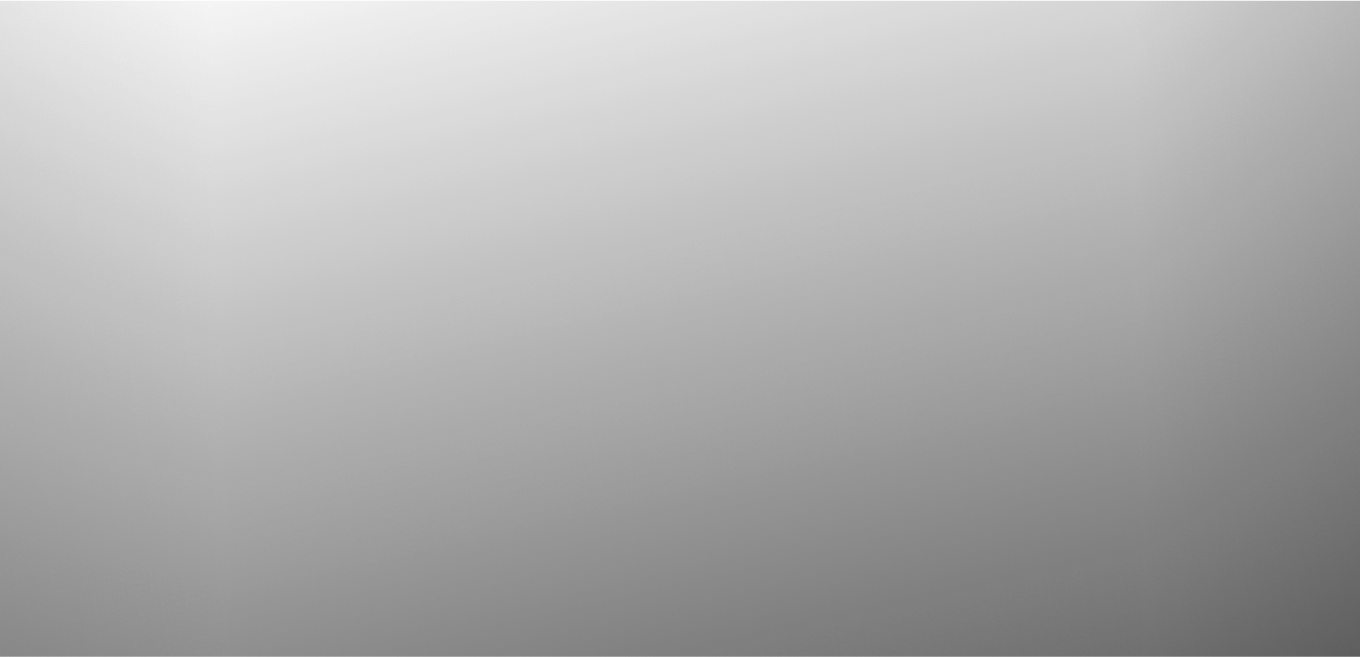
La Madeleine church
Construction began in 1764 and was completed in 1842. It is unusual in that it has neither a cross nor a bell tower, and resembles a Greek temple.



Although it may seem engulfed by the monumental shadow of the church that bears its name, the neighbourhood is teeming with stories and addresses intricately linked with the history of Paris. Proust was born here, Lully took his last breath here, and Chopin and George Sand played out their fiery love affair here.
Rue Royale was home to the Queen’s favourite chocolate shop - the famous Ladurée, which has since expanded around the world while still trading out of its original, historic address.
Theatres (Les Mathurins) and luxury hotels (Crillon, Scribe) sit alongside ministries (of the Interior) and the Élysée Palace, while the adjoining streets are filled with everything typical of daily life in Paris: iconic restaurants (Caviar Kaspia, Maison Lucas Carton, La Maison de la Truffe) and restaurants that embody food from further afield (the distinguished Jugaad Indian restaurant, or Toraya the Japanese tea house). Even the coffee shops are upscale (Noir Café).
The discreet residents work in fashion or in the ministries, and the real estate offering is on a par with their high standards: prestigious and elegant.
Private mansions with gardens are certainly more common here than in other parts of the capital.

Construction began in 1764 and was completed in 1842. It is unusual in that it has neither a cross nor a bell tower, and resembles a Greek temple.


Luxurious restaurant serving Russian specialities

the finest Arabicas, in a transparent, ethical and eco-friendly way
Craftsmen of encounters between places of history and new lives.
Discover
Here, prestige comes from the richness of roots, from the Left Bank spirit instilled by numerous artists and intellectuals.
Left Bank
This bank of the Seine is where you’ll find the sort of diversity and contrasts that make the city such a marvel.
Right Bank






Log in
Create my account